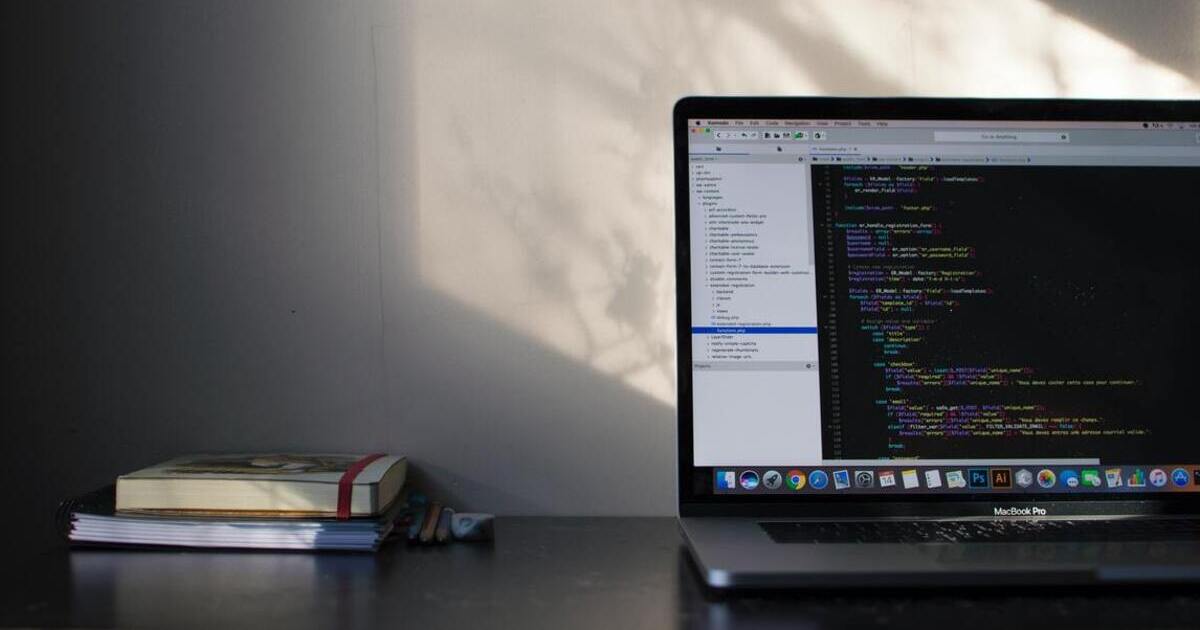Product Design vs UX Design: Which One Does Your Business Need?
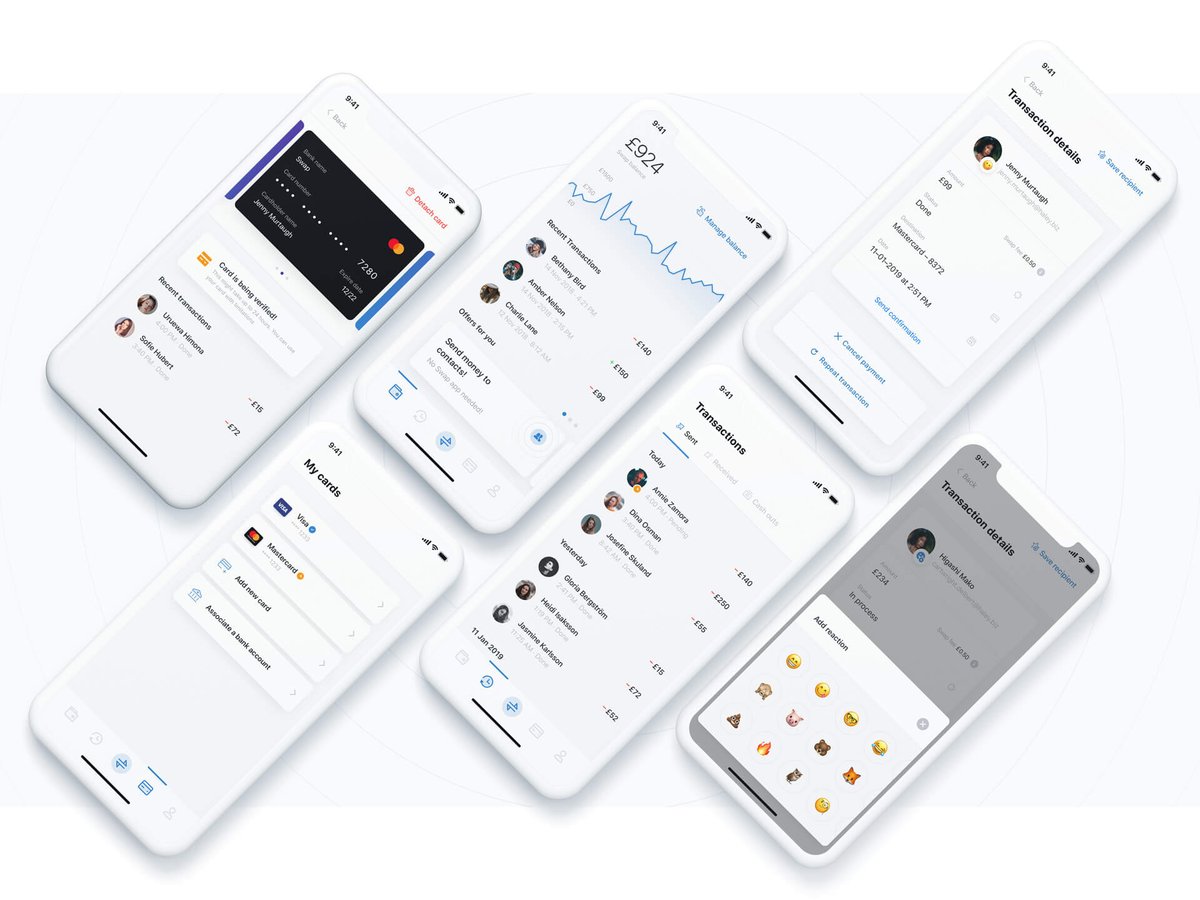
Today’s designers have evolved to become more and more interdisciplinary in that, on top of designing user interfaces, they know how to study their users, research the market, and monitor business objectives, among many other skill sets.
Generally speaking, UX design is more specialized than product design. To better understand whether you need a product designer or a UX designer for your next project, it’s ideal to understand some misconceptions, their key differences, and where they overlap.
At the onset, it’s valuable to acknowledge that both product designers and UX designers are grounded on the design thinking process.
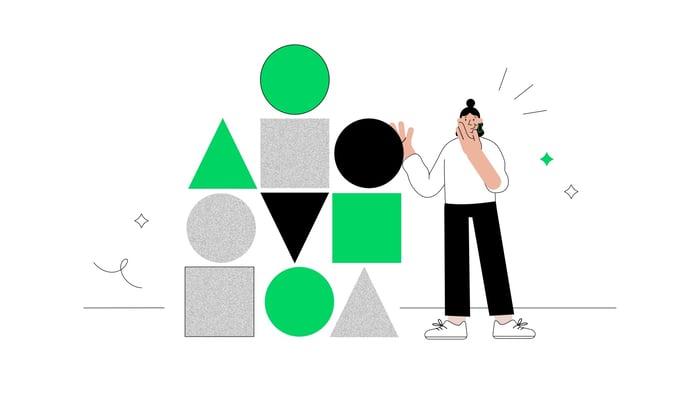
No matter which area of the product life cycle they’re asked to focus on, product and UX designers always seek to understand the user, challenge assumptions, and define problems to come up with strategies and solutions that may not be immediately apparent.
Misconceptions about product design vs UX design
It’s also important to recognize that there tends to be more similarities than differences between the areas of product design and UX design. However, there are prevailing misconceptions about these two design areas that you need to first understand.
Misconception: It’s the same
Thinking that product and UX design are the same is understandable for those outside of the digital space. This misconception springs from the notion that one evolved from the other, and that they both emerged out of UI design or information architecture design.
As we’ll explain here, product and UX designers may take on overlapping responsibilities, but they deal with different missions.
Misconception: UX design focuses only on the user, while product design looks at both user and business needs.
UX design must always consider business objectives into their design. Ideally, both UX designers and product designers should incorporate business needs into the design process.
This is supported by the fact that job listing opportunities for both product and UX designers require their work to be aligned with business objectives and not just user needs.
Key differences between product design and UX design
There will always be exceptions to the rule, but these are the key differences between the work of product designers and UX designers.
Where they focus
The main difference between the work of product designers versus UX designers is where they focus. Product designers aim for optimizing the product during the product development process so that it serves business objectives, while the UX designers focus on translating these business goals into user journeys.
For instance, while product designers might push for the implementation of a new feature to boost sales in the next quarter, UX designers will create the user journey that achieves this business goal.
Further, UX design is a much more specialized field while the product designer’s work domain is more akin to a full stack service where the product designer doesn’t necessarily go deep into technical areas but is expected to have a broad competence across various product-related skill sets. UX design deals with the entire process of integrating a product, including usability, user interface design, function, branding, and visual design for desktop and mobiles devices as well.
When they work
Another differentiator between these two roles, while not applicable in all cases, is less about what they do, and more about when they do it.
Usually more applicable in mature or larger organizations, user experience designers work more on new products, whereas Product Designers work on improving existing ones.
While the work of UX designers vary, it often entails conducting user research, creating personas, drawing up wireframes, using prototyping tools, and user testing early designs.
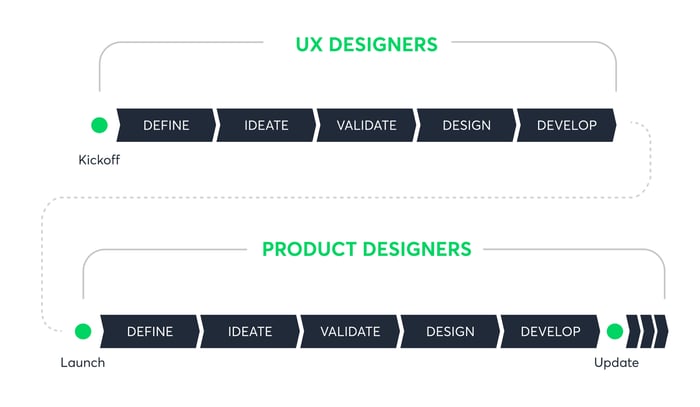
Source: uxdesign.com, by Aaron Travis
After a digital product is launched, organizations usually move UX designers to other projects, sometimes shifting them back later on for a redesign. On the other hand, product designers continue working on the same product, iterating it over time.
Once a product is shipped to the real world, the reality is that refinement and new functionalities don’t happen instantly. Product teams recognize that users must be allowed to learn about existing features and workflows.
This also gives organizations the space and opportunity to collect live data about user behavior. This is when product designers apply a chunk of their skills to be able to push out an improved version in the next product release.
How many products they work on
Organizations typically ask their UX designers to work on the user experience of multiple products, usually with the aim of creating a seamless experience across all company platforms.
This cross-product orientation requires deep familiarity not only with the individual products and its respective users but also with the broader business strategy.
While a product designer might hyperfocus on the KPIs of their own product, UX designers and strategists need to be attuned to the overall business models and KPIs.
For example, UX designers in Apple have to think about all of their products — both physical devices and digital services — to build a seamless experience for their users. Product designers focus on their specific portfolios such as Apple TV+ or the newest iPhone model.
Either way, designers create and refine products not merely with its consumption or use in mind but also the whole journey of purchasing, using, maintaining, and troubleshooting it.
While good UX varies across products, designers tailor the desired user experience to their users’ needs in the specific contexts where they’re likely to use the product.
Where product and UX designers overlap
It remains undeniable that there are similarities in the functions of UX and product designers. Companies have their own way of doing things but based on the most common design practices out there, here are where these two roles tend to overlap.
Achieving business objectives should be important to both
It’s conventionally accepted that a core difference between UX and product designers is how much they factor in high-level business goals, KPIs and ensuring marketing success. UX designers traditionally focus only on KPIs related to user satisfaction.
However, we at Netguru believe that UX designers must always incorporate business needs into their designs. While they may obsess over describing user stories and optimizing customer flows, their work shouldn’t be divorced from the business objectives of a single product and the entire company.
At the same time, when product designers introduce new features or iterate on existing ones, they should be doing so because it’s grounded on a business case — thatimproving the customer experienceis expected to translate to business results.
They both deploy user research
Both UX and product designers need to be knowledgeable in user research such as discoveries, usability testing, and other qualitative and quantitative research methods.
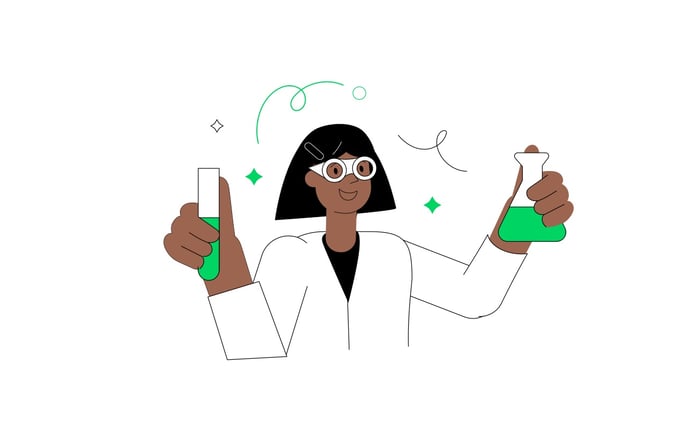
While a UX designer would typically lead and be more hands on in data analysis, user interviews, A/B testing, and other structured research techniques, product designers are also active participants in user research exercises to understand their users and apply new user insights into product iteration.
For instance, when a product has been shipped, product designers need to have the competence in analyzing data about user behavior, which will allow them to further optimize the product design.
On the other hand, while a product designer may be involved in conducting usability tests, it’s the UX Specialist who typically designs them and applies the insights learned into the product.
They share similar design skill sets and use the same tools.
In developing new products orredesigning existing ones, there’s a general impression that a product designer is more focused on mockups, graphic design, typography, colors, and the overall look and feel.
On the other hand, a UX designer is considered to be more interested in user stories, ease of use, and user satisfaction. For instance, a UX designer may tend to work more on wireframing or sketching early in the design process to shape the desired user workflows. They may then jump back in again to refine the product before it’s handed to the engineers.
No matter where they’re asked to focus, they typically share the same design skill sets and apply them using the same tools such as Adobe creative suite XD, Figma, and Sketch, not to mention business-oriented tools such as Google Analytics, Miro, and Mixpanel, among many others.
Which type of designer do I need?
Before choosing a specialist between product design vs UX design, whether in-house or from an agency, ask yourself these questions to help you clarify the skill sets and the type of designer you need at this moment:
- Do I need help developing the product concept or building a great user experience?
- Am I looking to design a new product, refine an existing one, or overhaul and redesign a live product?
- Do I need someone to focus on a single product or work across multiple platforms?
- Do I need the designer to conduct user research, contribute to market research, or both?
- Do I need someone to design an app or a partner to bring it to market?
Why product and UX design are important to your business
Product design is primarily concerned with product optimization in order to achieve business goals, while UX design translates these business objectives into user journeys.
Understanding the misconceptions, differences, and similarities between product design and UX design can help your business better refine approaches in developing and managing your digital products.
Ultimately, the value of product and UX design goes beyond achieving user satisfaction. Delivering quality user experiences is about securing your product’s future and establishing strong market presence for years to come.
Good design has been proven to reduce development costs, enhance customer loyalty, optimize conversion paths, and improve return on investment (ROI).
Achieving this requires experts in the design process who know how to hypothesize, experiment, and test, which not only will help you create meaningful experiences for your users, but also support your company make better business decisions.



